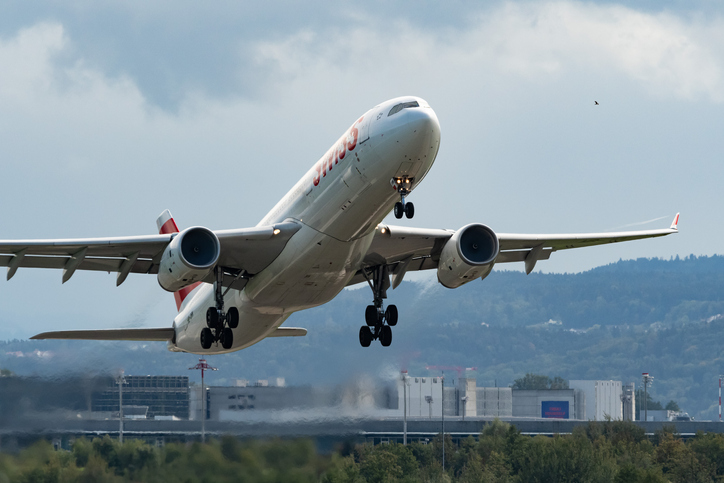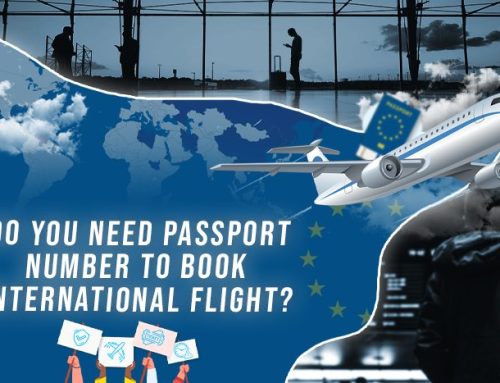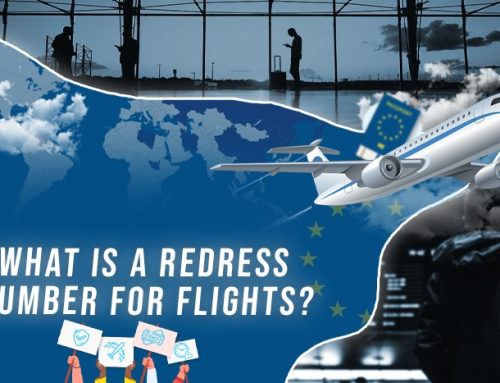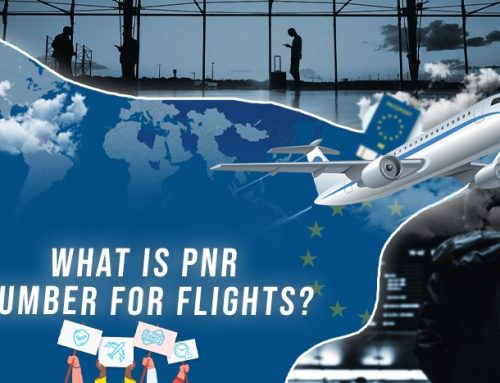A fear of flying is very common. After all, you’re thousands of feet above the ground, so if there’s an issue, it’s almost certain death. However, statistically, flying is the safest way to travel, especially when you compare it with other methods of transportation. So, how much safer is flying than driving? Let’s discuss.
Key Takeaways
- The data clearly demonstrates that flying is statistically much safer than driving, with significantly fewer fatal accidents per passenger mile.
- Driving carries a higher risk due to the constant need for human attention and the potential for errors such as driving under the influence or distractions like texting.
- Flying safety benefits from a multitude of technologies and measures, including air traffic control, pilot training, and advanced aviation technology, contributing to its exceptional safety record.
- While the statistics in your article primarily refer to the United States, it’s important to note that safety statistics can vary by country, but the general trend of flying being safer remains consistent.
- Despite the safety advantages of flying, most people rely on driving for their daily transportation needs. It’s crucial to remain cautious while driving, obey traffic laws, and avoid distractions to mitigate risks on the road.
Flying Safety Statistics
According to the International Civil Aviation Organization, there were only seven fatal accidents in 2022. Central Africa, southern Asia, and Oceania had two fatal accidents, while North America, South America, and Southern Africa only had one. Europe and the Middle East had zero fatal accidents.
There were 3.2 billion travelers in 2022, so that means your odds of being in one of those fatal accidents is 1 in more than 457 million, which is incredibly safe. This is likely because of an increase in safety commitments across the industry, as well as many technological improvements that make it much safer to fly than it ever has been.
That’s not to say there are no flight incidents throughout the year that can cause passengers harm. It simply means that you are statistically safer while flying on a plane then you are travelling in a car in terms of fatalities.
Driving Safety Statistics
According to the National Highway Traffic Safety Administration in the United States, it is estimated that there were nearly 43,000 people who died in motor vehicle traffic crashes in 2022. While there is a slight decrease over the previous year, it is still a higher rate than flight deaths.
This could be for any number of reasons. People travel by car far more frequently than they do by plane. Additionally, people could be driving under the influence of alcohol and drugs or driving distractedly as they text or look at GPS. Self-driving cars are becoming more popular, but there is still a wide margin for human error.
These statistics may vary from country to country, but it doesn’t change the fact that flying is statistically safer than driving across the board.
Why is Flying Safer?

There are a lot of in-flight technologies in place that help automate the process of flying. There are also a lot of people to make sure the way is clear for pilots to land and take off. Many people and technologies would have to fail in order for a plane incident to occur.
Keep in mind that they still happen. Pilots can choose to ignore warnings, or technologies can be wrong. Someone could not be paying attention or misread a screen. All of these can cause an issue that could be scary to air passengers, but they are not likely to be fatal.
Driving, on the other hand, requires constant focus. If you aren’t careful, you can very quickly crash. Because cars are smaller, depending on the circumstances of the crash, it can injure or kill all parties involved. There are technologies in place for self-driving cars, which may take out some of the human error; however, at this time, they still need to be supervised by actual drivers.
Conclusion
At the end of the day, flying is statistically much safer than driving; however, that doesn’t mean that you will face certain death if you get in a car. Most people travel by car every day, so the odds of an incident naturally are higher. Paired with the human error element, it’s no wonder why driving is less safe than flying. It’s not sustainable to fly everywhere, so you’ll have to get used to being in a car and being more cautious when you’re behind the wheel.
Frequently Asked Questions
-
Is flying really safer than driving?
Yes, statistically, flying is much safer than driving. The odds of being in a fatal accident while flying are significantly lower than while driving.
-
Why is flying safer than driving?
Flying benefits from extensive safety measures, including advanced technology, well-trained pilots, air traffic control, and stringent maintenance procedures. In contrast, driving involves constant human interaction and a higher potential for human error.
-
Are there any risks associated with flying?
While flying is safer in terms of fatal accidents, there can still be non-fatal incidents or turbulence that can cause discomfort or minor injuries. However, these are rarely life-threatening.
-
What are the main factors contributing to driving accidents?
Driving accidents are often the result of factors like distracted driving, driving under the influence of alcohol or drugs, speeding, and lack of seatbelt use. Human error plays a significant role in driving accidents.
-
Does flying safety vary by region?
Yes, flying safety can vary by region, but the overall trend of flying being safer than driving remains consistent globally. The article provides statistics for reference.
-
Are self-driving cars making driving safer?
Self-driving cars have the potential to improve driving safety by reducing the risk of human error. However, as of now, they still require human supervision and are not widespread.
-
Should I be afraid of flying given the statistics?
No, the statistics show that flying is a very safe mode of transportation. Fear of flying is common but not necessarily justified by the safety data. It’s important to keep in mind that accidents are rare.
-
What can I do to stay safe while driving?
To stay safe while driving, avoid distractions, follow traffic laws, never drive under the influence, use seatbelts, and drive at safe speeds. Practicing defensive driving techniques can also reduce the risk of accidents.
-
How can I overcome my fear of flying?
If you have a fear of flying, consider seeking support from a mental health professional who specializes in treating phobias or anxiety disorders. Additionally, educating yourself about flying safety can help alleviate anxiety.
-
Are there any notable recent developments in aviation safety?
The article mentions an increase in safety commitments across the aviation industry and technological improvements that continue to enhance flight safety. However, it’s always advisable to stay updated on the latest safety measures and innovations in aviation.







